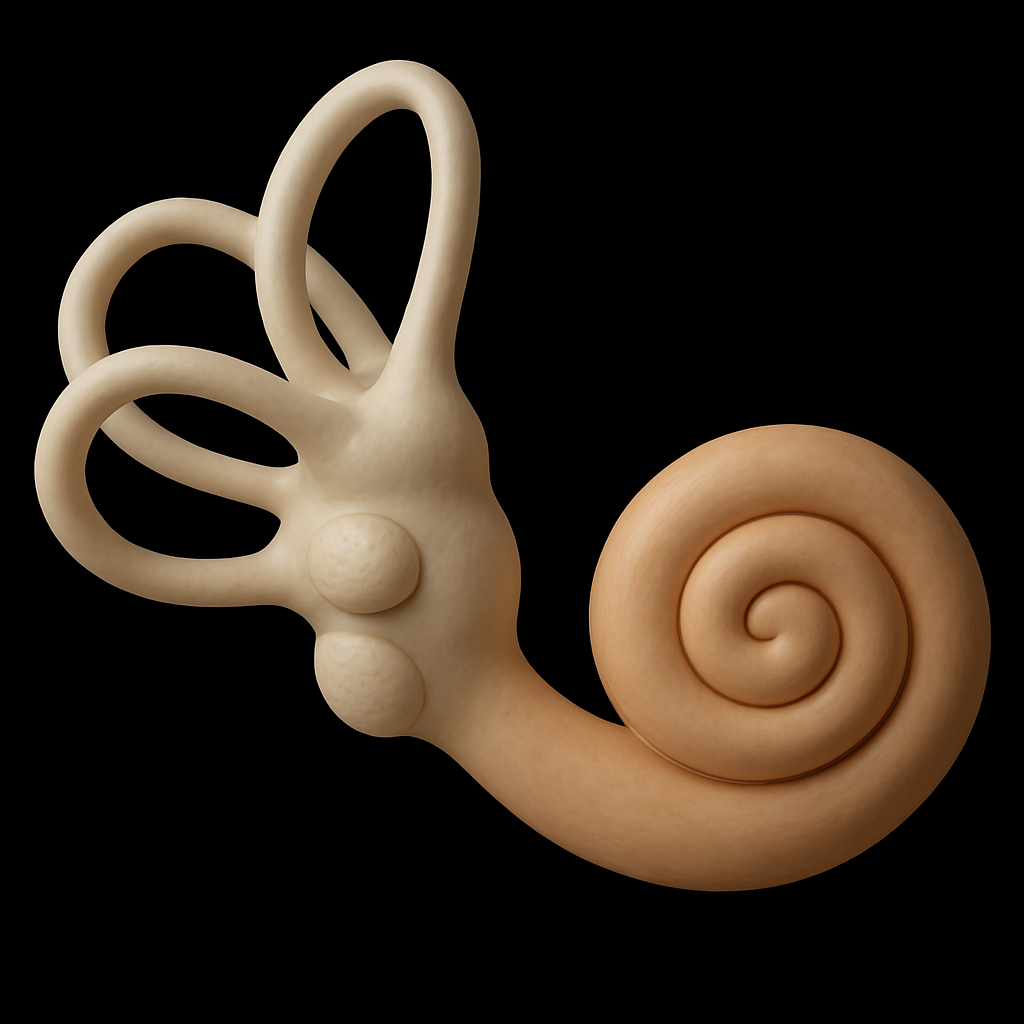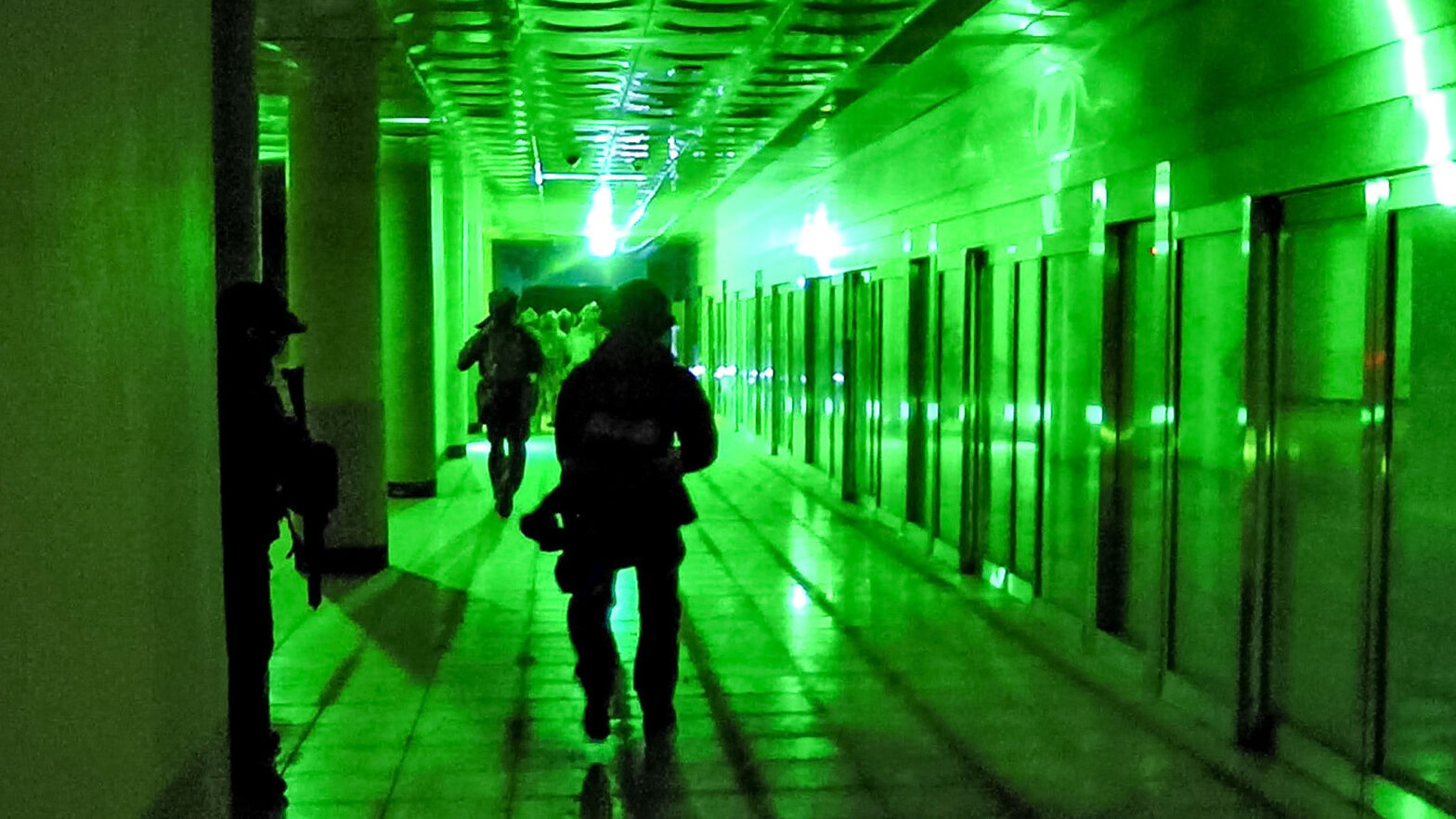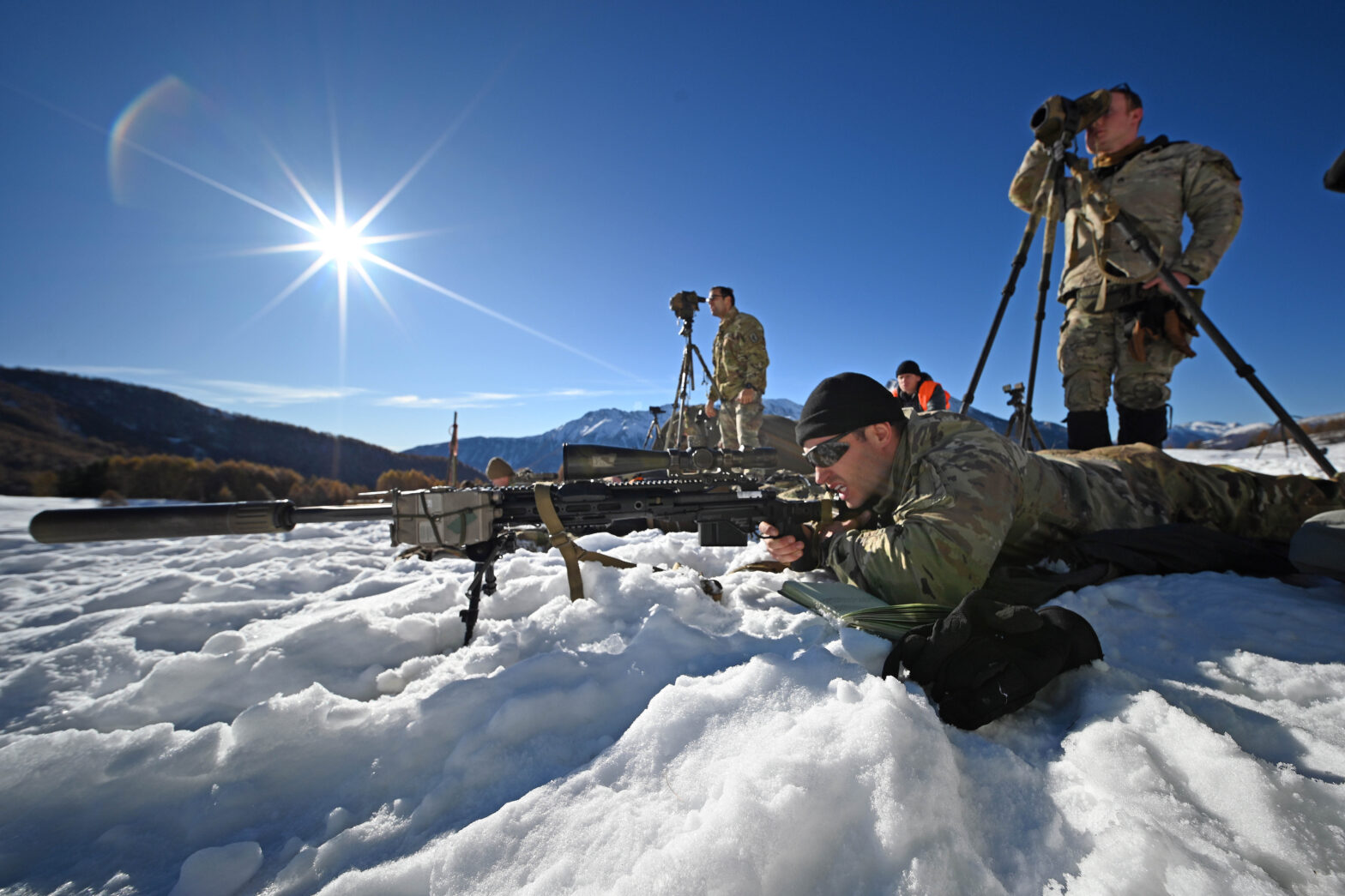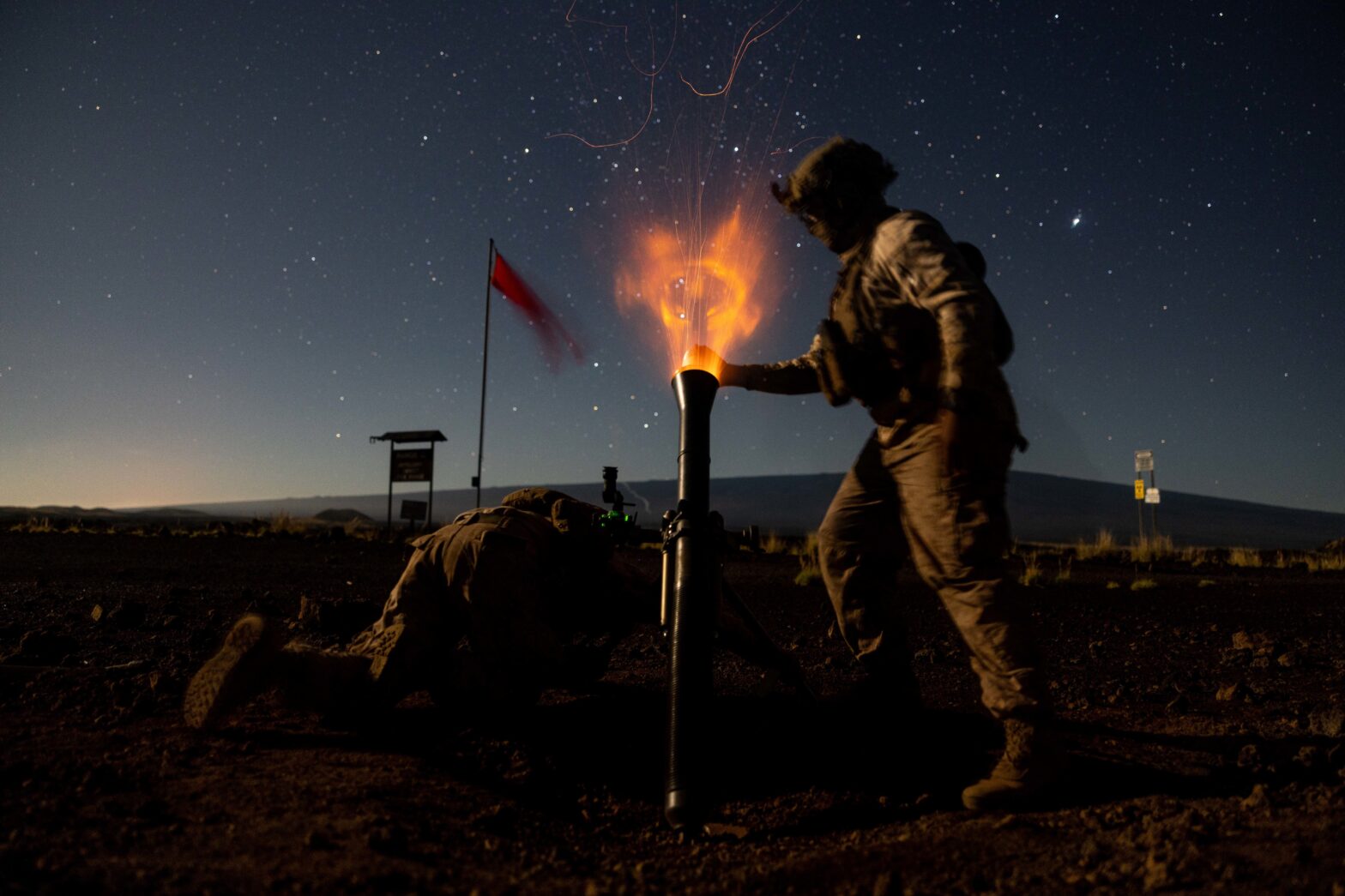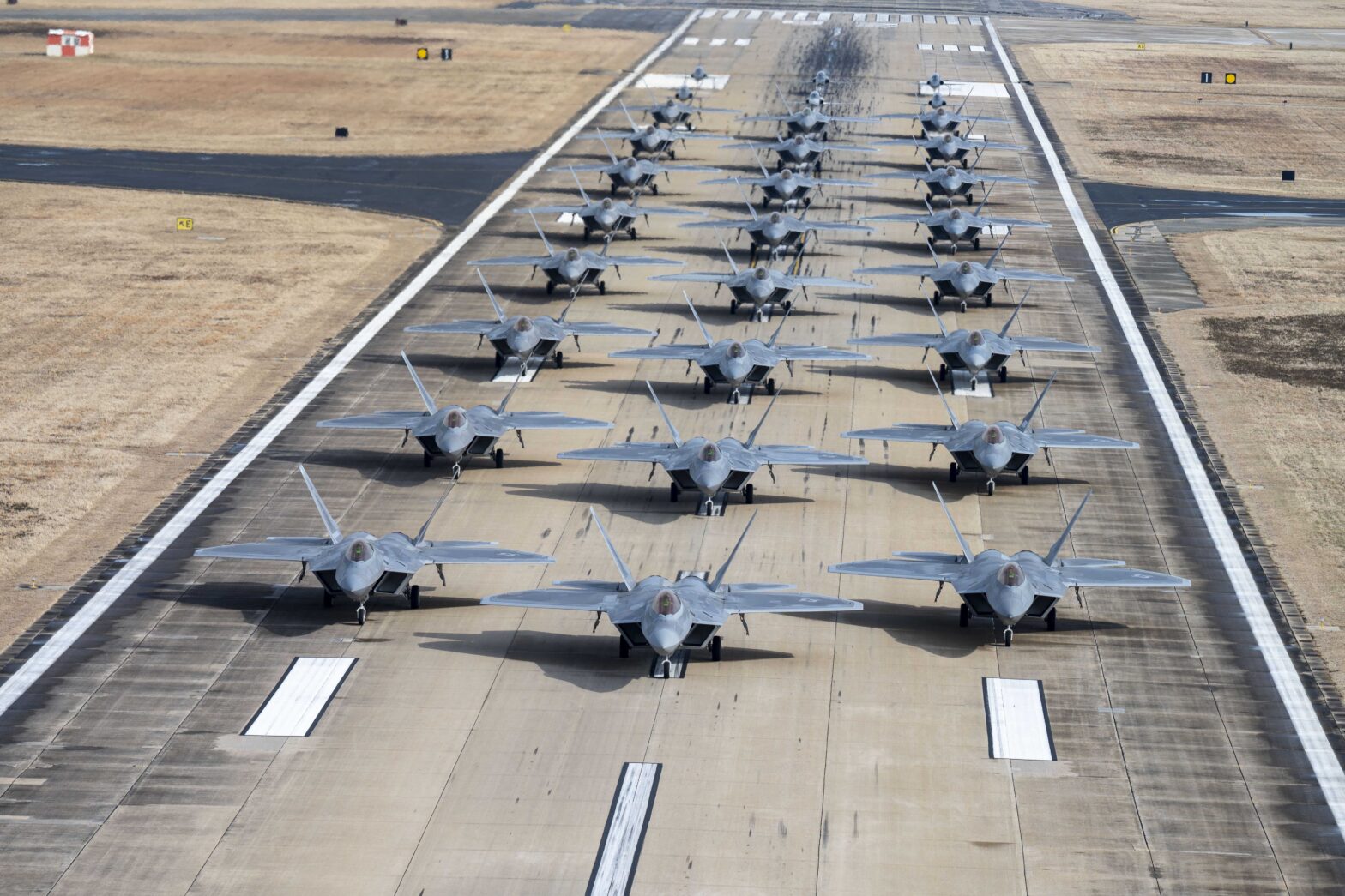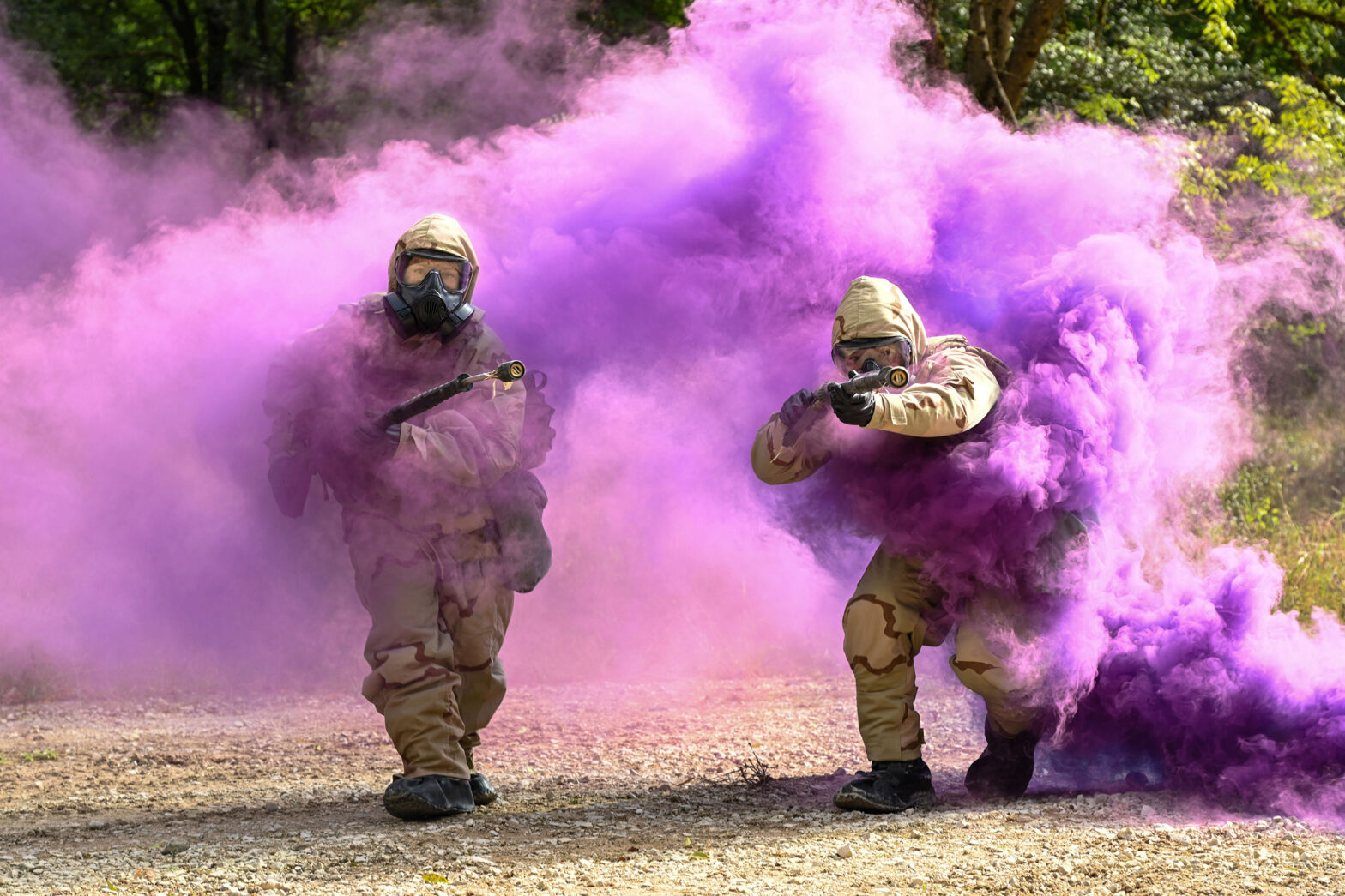Vestibular function and cognition are closely related, with studies showing that individuals with dysfunction of the vestibular system frequently show deficits in attention, working memory, executive function, and spatial orientation. [1] The vestibular system is in the inner ear, just deeper than the hearing system. It is vulnerable to blast overpressure and ear pro does… Continue reading The Vestibular System and Cognition
Blog
Violence of Action
Entering a room with violence requires the ability to produce a high force of movement with your eyes up, maintaining visual clarity, and control deceleration into a stable shooting platform. These are all key capabilities of the vestibular system. Eyes Up Moving with your eyes up depends on your vestibular and proprioceptive systems to maintain… Continue reading Violence of Action
Suppressors and Brain Trauma
The science of suppressors and the potential impact of their use to reduce repeated impacts on the brain is an important and developing area of research. Javier A. Maldonado-Echeverria’s thesis for his Master of Applied Science in Mechanical and Mechatronics Engineering titled “Brain response to Overpressure and Recoil Loads from Discharge of Long-Range Precision… Continue reading Suppressors and Brain Trauma
TBI and Alcohol
A study on active duty airmen looked at a large sample size of those with mild traumatic brain injury (mTBI) in comparison to those who had an injury but without mTBI. They found that those with mTBI had a significantly elevated risk for alcohol dependence during their period of study which included 1 day to… Continue reading TBI and Alcohol
Long-Term Impacts of Repeated Head Trauma
A common saying is that if you’ve seen one brain injury, you’ve seen one brain injury. This reflects the complicated and unique presentation of each individual. When we consider repeated head impact exposures over a lifetime, it presents a very complicated and unique problem to address and stresses the importance of individualized and multidisciplinary approaches.… Continue reading Long-Term Impacts of Repeated Head Trauma
The Pervasiveness of Brain Trauma in Tactical Professionals
Neurotrauma is pervasive across the tactical community. These are only a few examples of the variety of mechanisms and specialties that are exposed to neurotrauma. It is important to recognize there is a range of neurotrauma to consider in this population, from severe traumatic brain injuries, to repeated subconcussive head trauma. It is imperative that… Continue reading The Pervasiveness of Brain Trauma in Tactical Professionals
Input, Processing, Output
The vestibular nuclear complex is an area of the brain that processes sensory information to create a motor output response. It integrates information from the vestibular system which senses motion, proprioception which senses position, visual information, as well as intended movement. [1] Another area of the brain that is important for vestibular processing is the… Continue reading Input, Processing, Output
“Every Tactical Team in the Country Should be Doing It”
Initial feedback of the Breacher Up program has been incredible. I truly believe every tactical team in the country should be doing it.Z.C. SWAT “The other guy that has been doing it daily with me has noticed an improvement in both his CQB and also his jiu-jitsu” Z.C. SWAT “The guys have said they feel… Continue reading “Every Tactical Team in the Country Should be Doing It”
Subconcussions and Omega-3 Supplementation
Studies on American collegiate football players who supplemented with omega-3 throughout both the preseason and during the season showed less of a blood biomarker called Nf-L as compared to the placebo controls at the end of the season. [1-2] Nf-L is short for neurofilament-light chain and is a commonly used biomarker to detect traumatic brain… Continue reading Subconcussions and Omega-3 Supplementation
Novel Sensory Environments
Tactical professionals are constantly performing under novel sensory environments. The unpredictable nature of the job requires strong foundational skills that can be an asset in any condition. Strength, power, and speed are all important foundational skills to prepare for the unpredictable. But because of the extreme and unpredictable conditions tactical athletes perform under, training to… Continue reading Novel Sensory Environments
